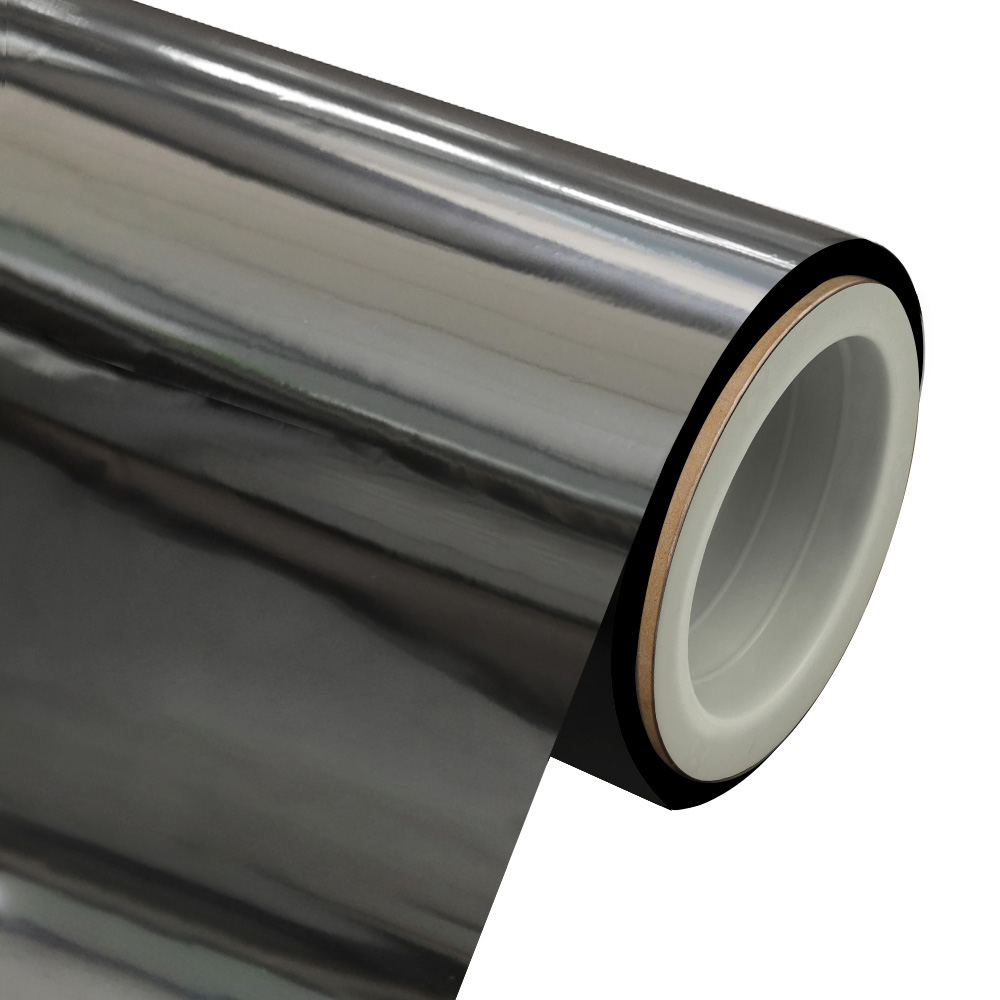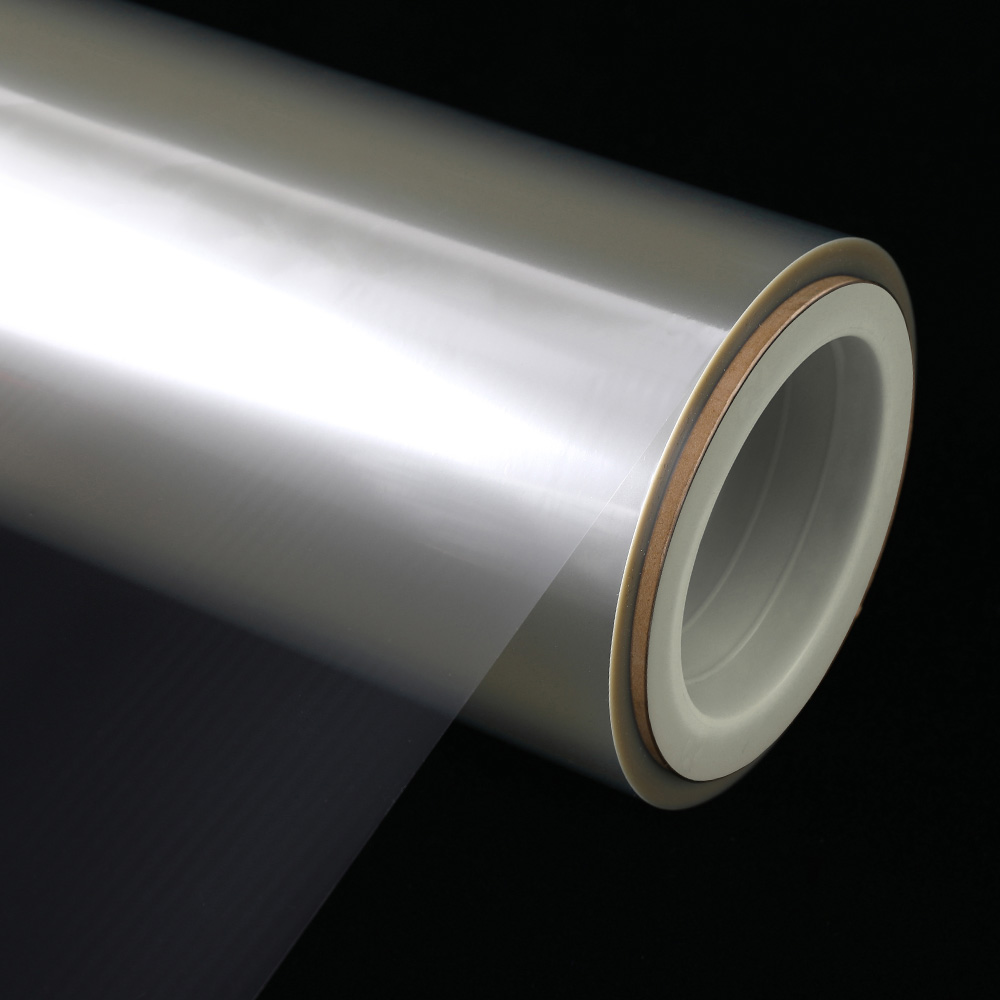How does semi-aluminized PET film protect the safety line of food packaging?
In the field of food packaging materials, semi-aluminized PET film has become the core force to ensure food quality and safety with its barrier properties. This functional material, which is composed of a polyethylene terephthalate (PET) base film and a vacuum-aluminized layer, builds a solid barrier to resist interference from the external environment through precise molecular-level structural design, providing targeted protection solutions for foods with different characteristics.
The barrier properties of semi-aluminized PET film are derived from its unique composite structure. The PET base film itself has a certain physical barrier ability, which can resist the penetration of some water vapor and gas molecules, but it is still insufficient in the face of high humidity and high oxidation risk food storage environment. The nano-scale aluminum layer deposited on the surface of PET by the vacuum aluminizing process forms a continuous and dense barrier layer through close arrangement at the atomic level. This aluminum layer is like a molecular-level "shield", and its atomic gap is much smaller than the diameter of gas molecules such as oxygen and water vapor, forcing the molecules to consume a lot of energy to penetrate, thereby improving the barrier properties of the film by several orders of magnitude. This structural design not only retains the flexibility and mechanical strength of the PET base film, but also gives it metal-level barrier properties, achieving an organic fusion of performance.
In the packaging of puffed foods, semi-aluminized PET film shows irreplaceable protection advantages. Take potato chips as an example. This type of food is extremely sensitive to humidity and oxygen. Water vapor in the environment will cause the potato chips to lose their crispy taste, and oxygen will accelerate the oxidation of oils and produce rancidity. Semi-aluminized PET film solves this problem through a double-layer protection mechanism: the PET base film provides a preliminary physical barrier, and the aluminum layer blocks the penetration path of water vapor and oxygen from the source. Even in a humid environment, its ultra-low permeability to water vapor can ensure that the potato chips remain dry for a long time and maintain a crispy texture; and the barrier ability to oxygen can reduce the oxidation reaction rate to a few tenths of the original level, significantly extending the shelf life of the product.
For the packaging of powdered foods, such as milk powder, the barrier properties of semi-aluminized PET film play a key role. Milk powder easily absorbs moisture in the environment, causing agglomeration and deterioration, and its nutrients are easily oxidized and degraded under the action of oxygen. The "moisture-proof oxygen sealed cabin" formed by the aluminum layer of the semi-aluminum-coated PET film can accurately control the microenvironment in the package. By strictly limiting the entry of water vapor and oxygen, it not only effectively prevents milk powder from agglomerating due to moisture absorption, but also protects key nutrients such as protein and unsaturated fatty acids from being oxidized and destroyed, ensuring that the product always maintains nutritional integrity and quality stability during the shelf life.
As a special food with extremely high requirements for the storage environment, semi-aluminum-coated PET film provides a professional solution for its quality assurance. Active ingredients such as tea polyphenols and caffeine in tea are easily affected by oxygen, water vapor and odor and deteriorate. Semi-aluminum-coated PET film achieves precise protection through a three-layer protection system: the aluminum layer isolates oxygen and water vapor, the PET base film provides mechanical protection, and the low adsorption of the material itself effectively prevents external odors from penetrating. This all-round protection allows the tea to form a stable inert environment in the package, and can retain its aroma, color and flavor to the maximum extent regardless of the storage time, meeting consumers' demand for high-quality tea drinks.
The application of semi-aluminized PET film in the field of food packaging is essentially the result of the deep integration of material science and food preservation needs. Through precise structural design and performance optimization, it transforms barrier properties into a protective force for food quality. From puffed foods that are susceptible to moisture, to powdered foods that are sensitive to oxidation, to tea leaves that have strict requirements for storage environments, semi-aluminized PET film uses differentiated protection strategies to build a safety line covering all categories of food. With the continuous upgrading of the food industry's requirements for packaging materials, this functional material with barrier properties will play a more important role in ensuring food safety and improving food quality.


 English
English  中文简体
中文简体 





